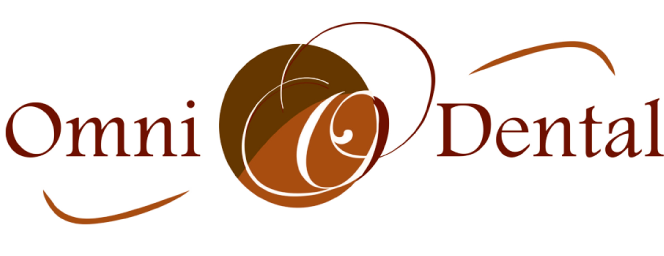The temporomandibular joint (TMJ) is the hinge-like structure that attaches the lower jaw to the skull just in front of the ear. Misalignment, disease, or arthritis may cause this joint to become inflamed, resulting in tooth, jaw, facial, and neck pain as well as headaches and many other symptoms.
Dr. Jones has done extensive research with other dentists to help him understand this complicated and debilitating condition. He employs a few methods of relieving the stress on the joint in order to decrease the symptoms his patients experience*. Dr. Jones enjoys the challenge of restoring functionality to each patient’s unique jaw structure and relieving their individual set of symptoms.
INFO ON TMJ/TMD**
TMJ (temporomandibular joint) refers to the joint that connects the lower jaw (mandible) to the temporal bone of the skull. Unlike other joints in the body that rotate, the TMJ slides as part of its functionality. This motion, along with the extensive use of this joint, can create a unique set of complications.
- There are many symptoms associated with TMJ dysfunction. These may include:
- Headaches
- Pain behind and around the eyes
- Pain in the temporal area of the head
- Tooth, neck, and jaw pain
- Tight muscles in the face that tire with talking or eating sticky/chewy foods
- Worn, cracked, or broken teeth
- Front teeth that are short and flat that may have chipped or broken
* The use of an acrylic platform, known as a bite appliance or splint, is sometimes necessary to better position the TMJ and the muscles that make it work. This process often reduces many of the symptoms associated with TMJ/TMD. As the jaw responds and the muscles relax, several adjustments will be made to the appliance to assure that the jaw is properly aligned. Once the jaw and its muscles are working and feeling better, a final plan can be developed to continue to improve function of the jaw and the muscles surrounding it. Depending on the severity, this therapy generally takes 3-6 months.
** TMD (temporomandibular disease) refers to diseases within the TMJ (temporomandibular joint) such as arthritis. Symptoms of this disease mimic those of TMJ, but are attributed to a disease within the joint.
If you suffer from any of the symptoms of TMJ/TMD, or feel that your teeth don’t fit together correctly, often there are things that can be done to help. Dr. Jones would be glad to evaluate your individual conditions and discuss options with you.
Physical Therapy
We may recommend physical therapy treatments, which could include ultrasounds, moist heat and ice, and other physical exercises to stretch and strengthen the jaw muscles. These practices can help relieve soreness and improve jaw mobility. As a part of this treatment, you will learn relaxation techniques to help loosen up your jaw and reduce stress.
Joint & Muscle Assessment
To help ease the pain and soreness in your jaw muscles, we may recommend that you try treating your jaw with a warm or cold pack. Our dentists can also show you how to properly apply pressure and massage your jaw muscles to aid in easing the pain. You may also benefit from avoiding opening our mouth too wide, especially when yawning. The key to relieving jaw pain is relaxing the muscles as much as possible.
Nutrition Assessment
We are able to make recommendations to your diet and nutrition that can decrease the stress that is put onto your jaw. Recommendations may include eating a soft diet, cutting food into small pieces, and avoiding hard, chewy, or sticky foods. Some soft foods that you might want to incorporate into your diet are yogurt, soup, fish, cooked fruits and vegetables, and grains. We may also recommend supplements to your diet that promote muscle and joint healing.
Want to learn more? Browse our Frequently Asked Questions.




A Closer Look At Our Teeth
Canker Sores: Causes And Treatment
4 Ways Smiling Improves Our Health!